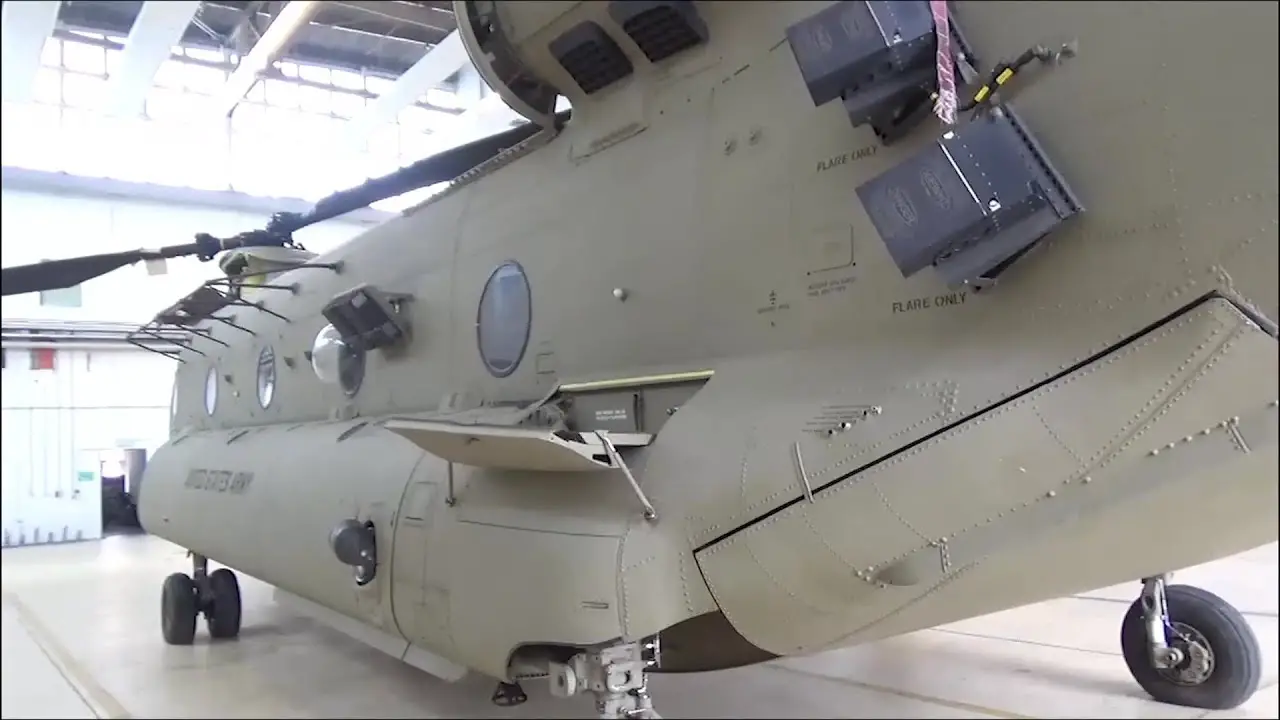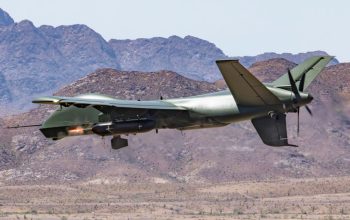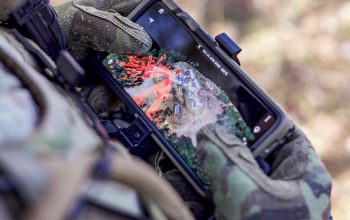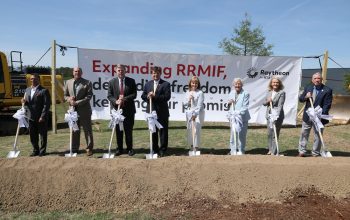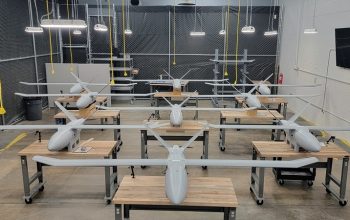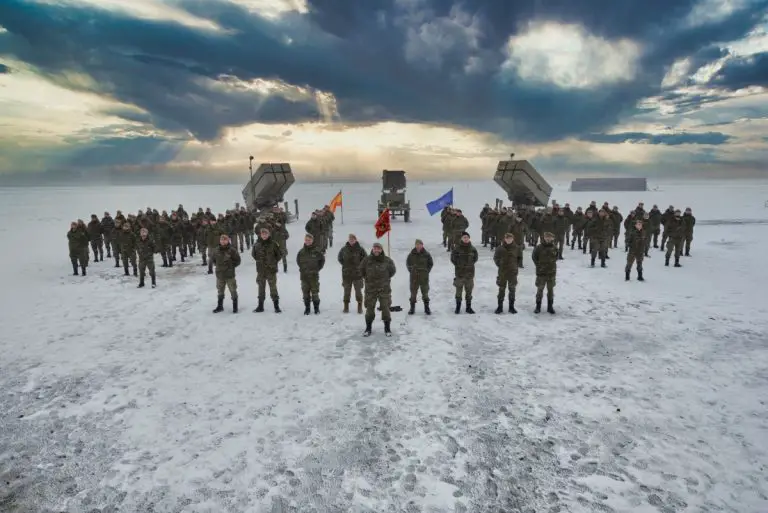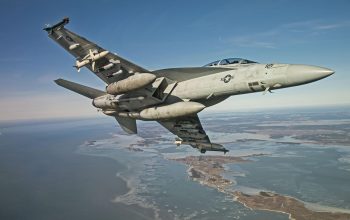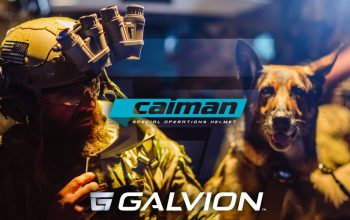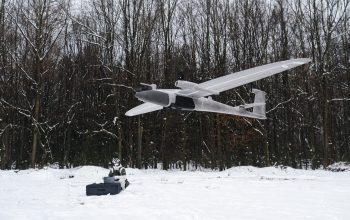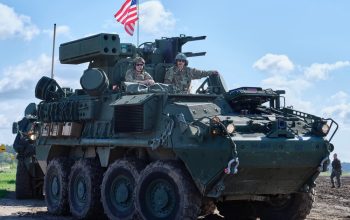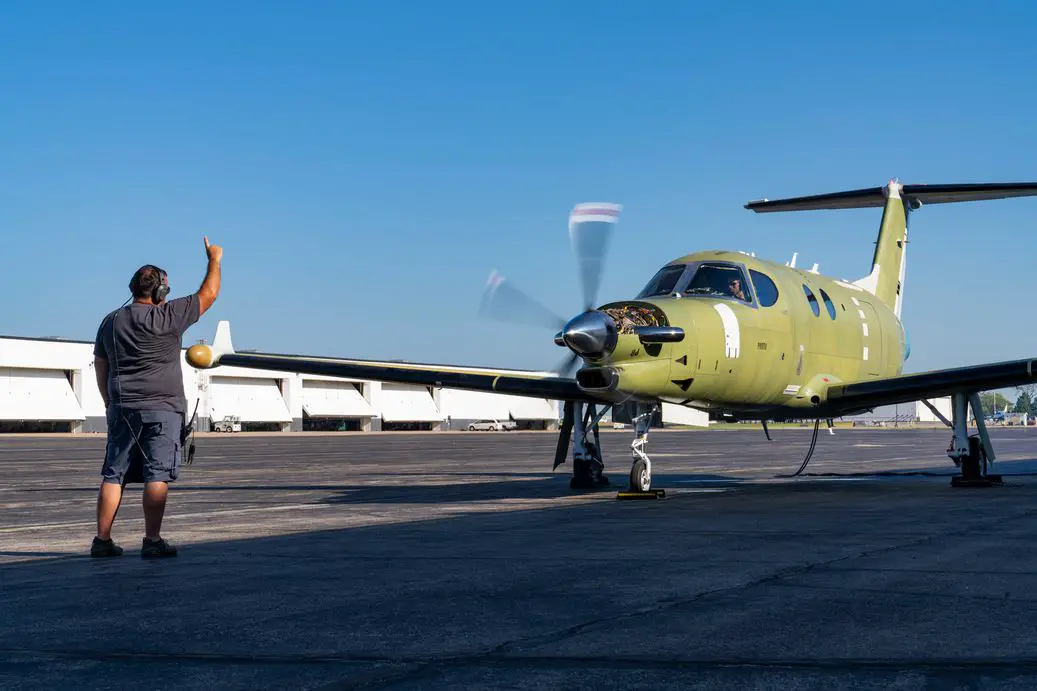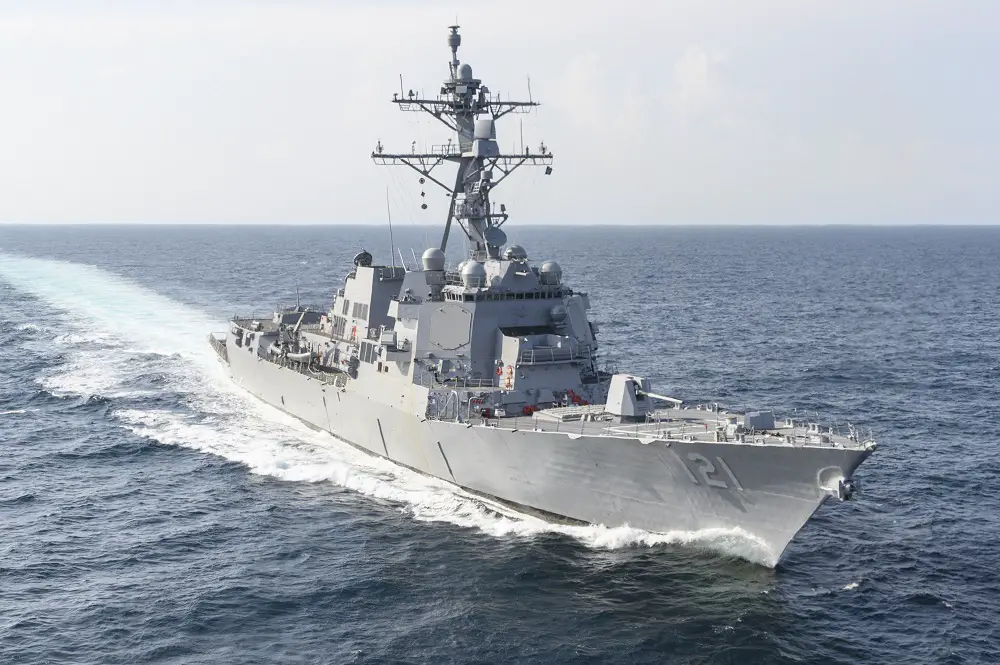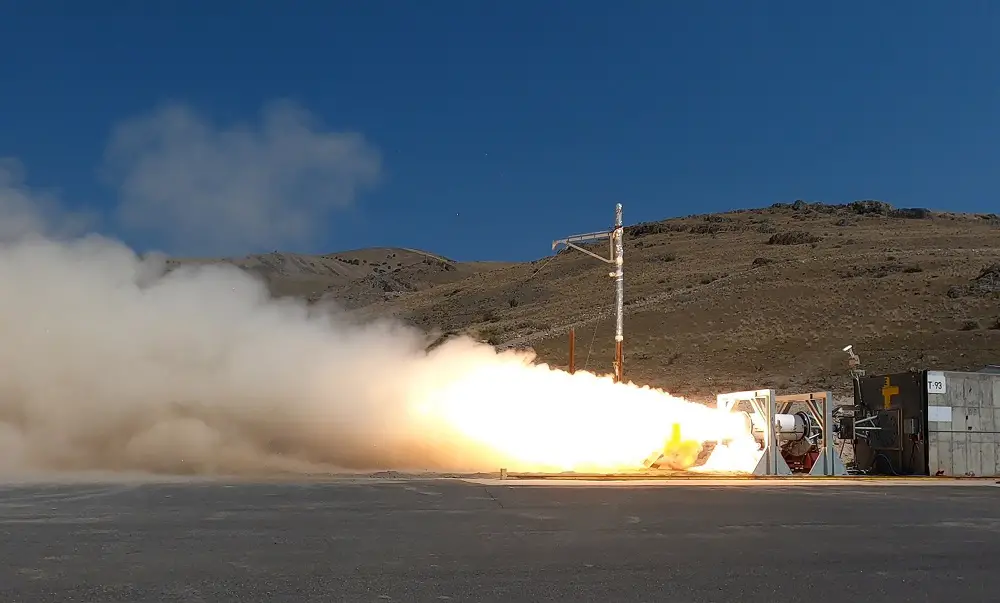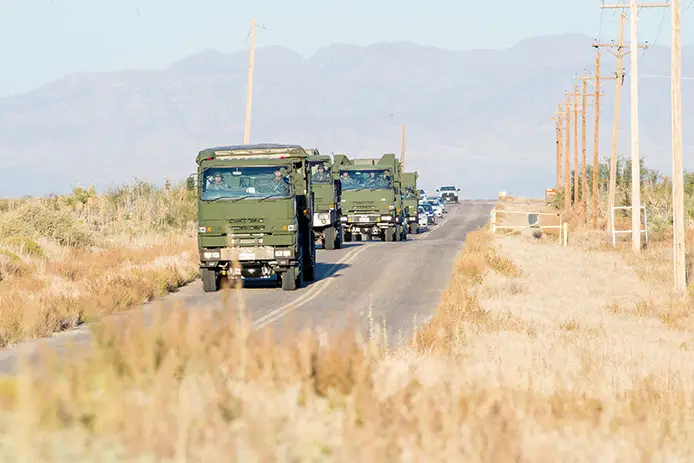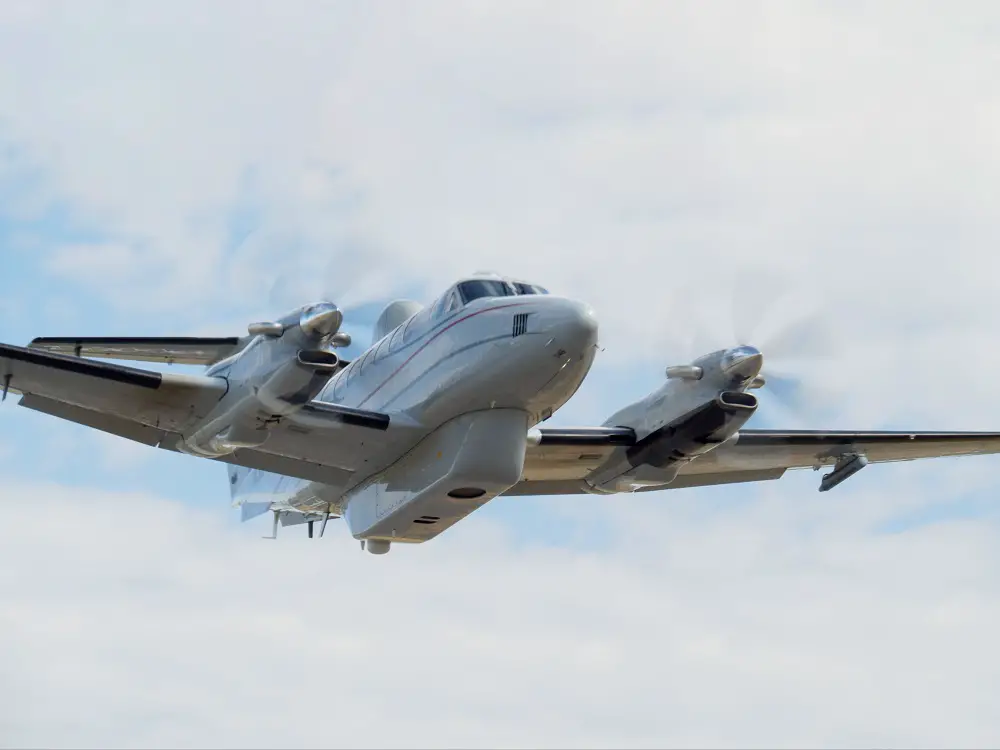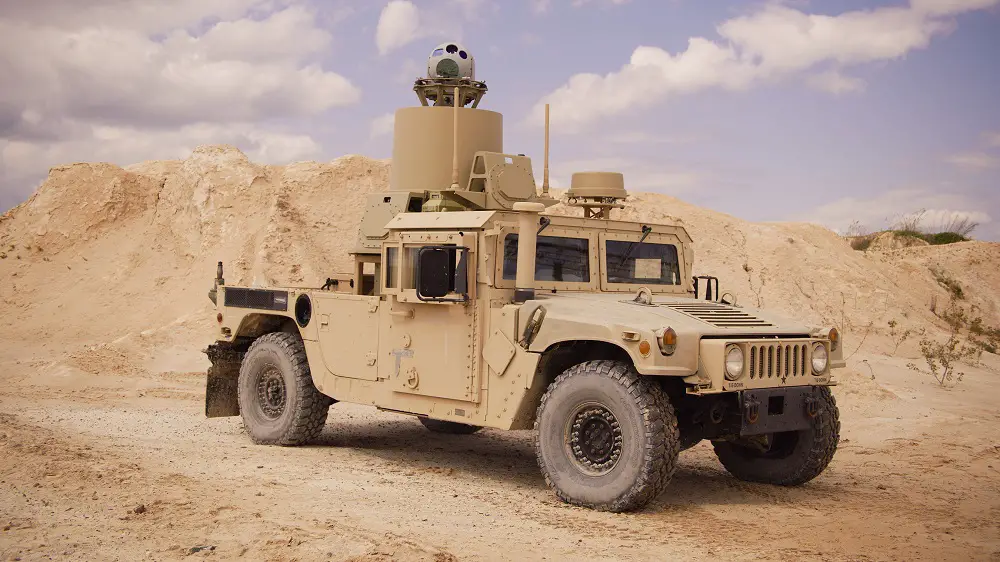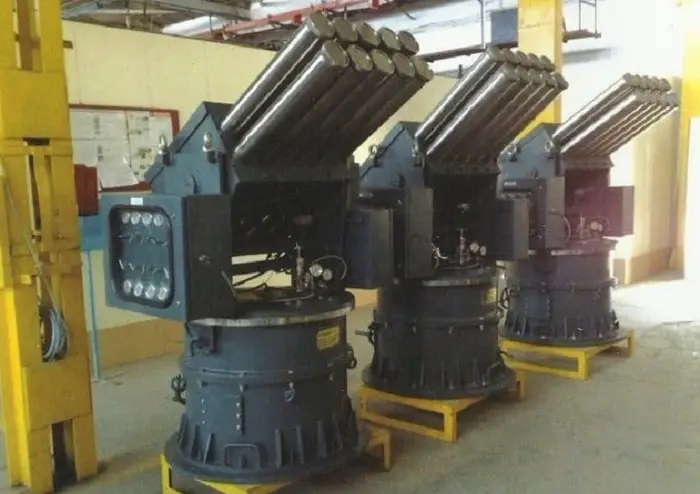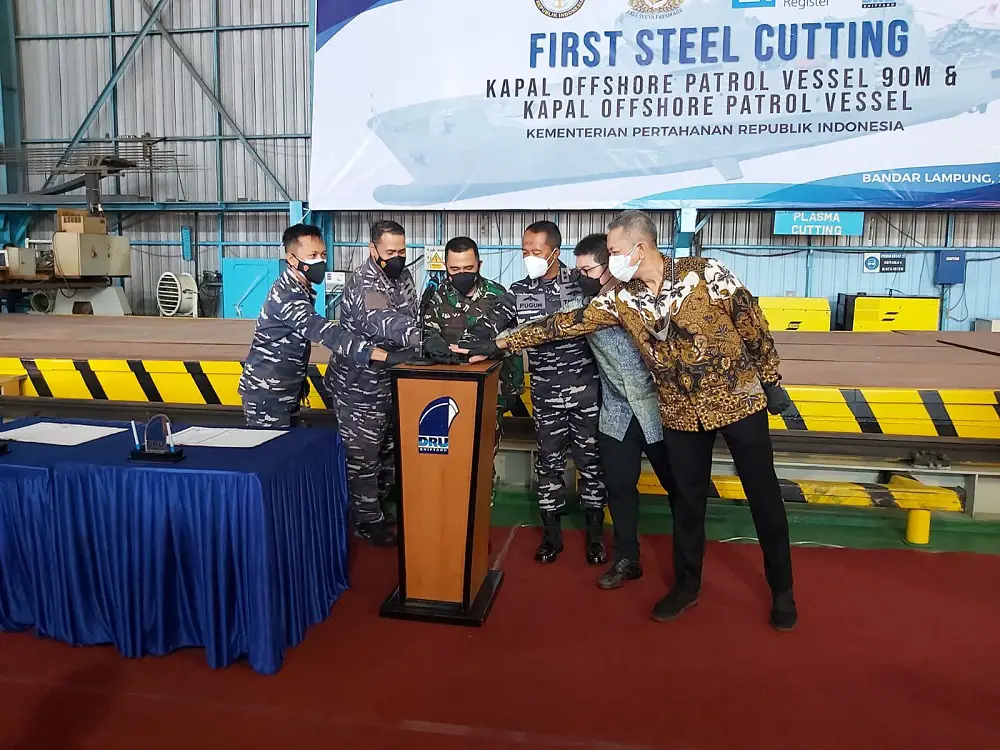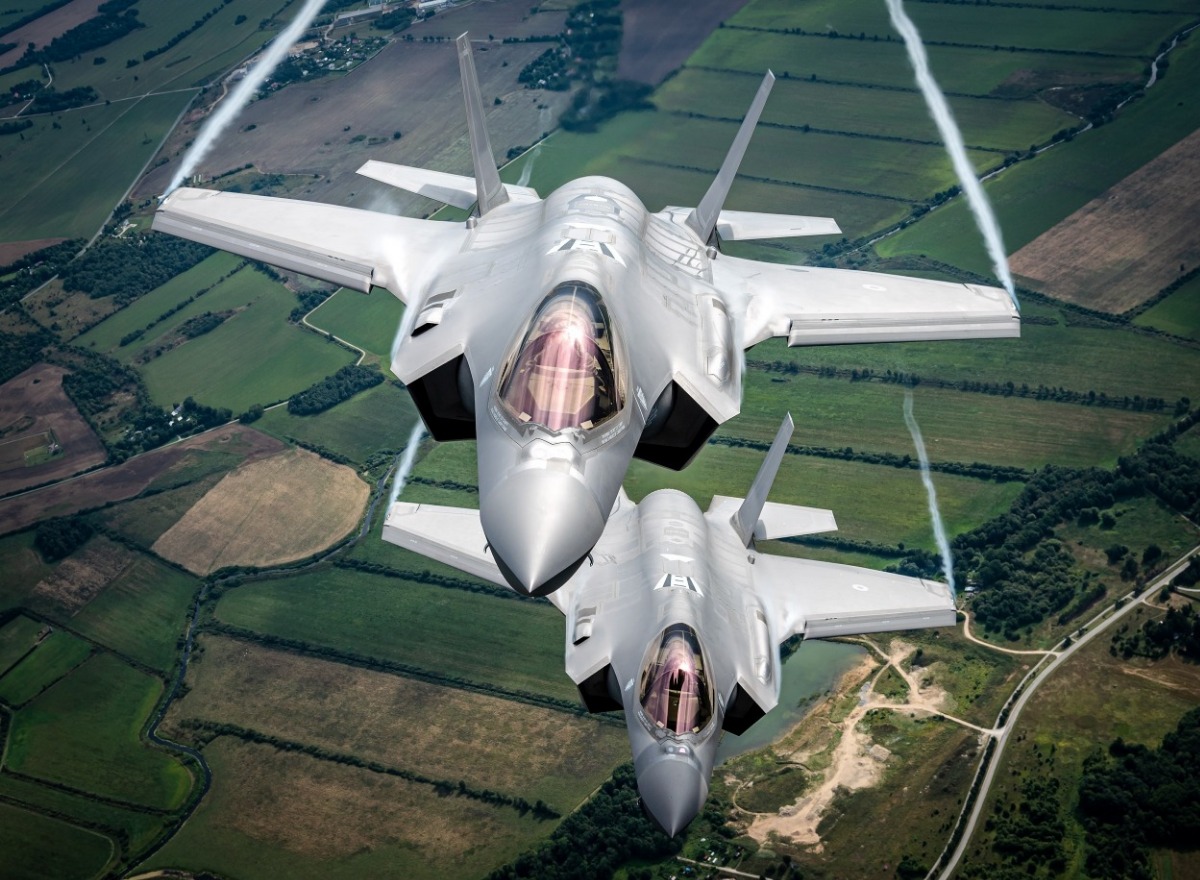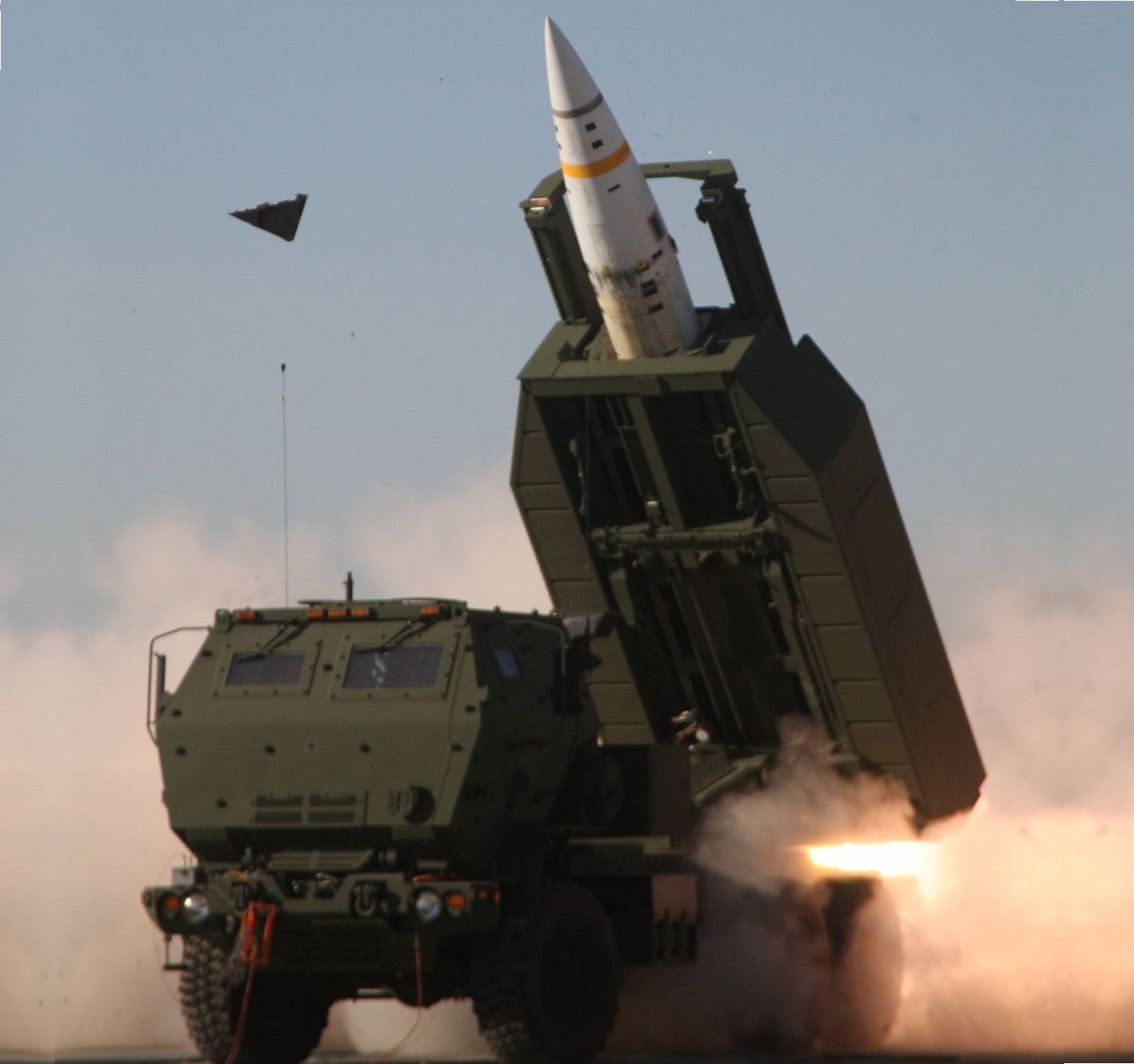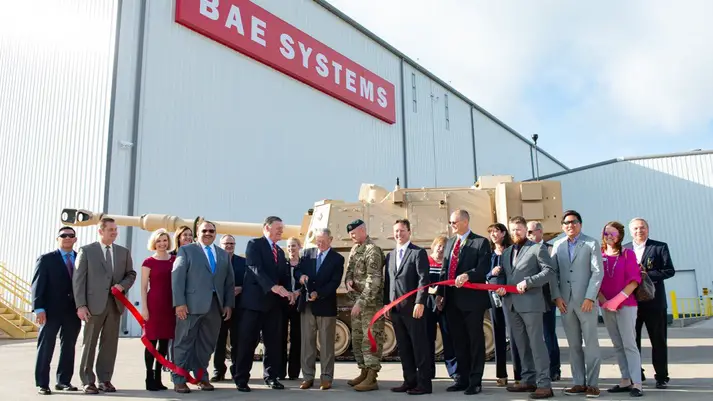A walk around view of a CH-47 Chinook helicopter from the 1st Air Cavalry Brigade during routine maintenance at Katterbach Army Airfield in Ansbach, Bavaria, Germany. The Boeing CH-47 Chinook is an American twin-engine, tandem-rotor, heavy-lift helicopter developed by American rotorcraft company Vertol and manufactured by Boeing Vertol (later known as Boeing Rotorcraft Systems). The CH-47 is among the heaviest lifting Western helicopters. Its name, Chinook, is from the Native American Chinook people of modern-day Washington state.
The Chinook was originally designed by Vertol, who had begun work in 1957 upon a new tandem-rotor helicopter, designated as the Vertol Model 107 or V-107. Around the same time, the United States Department of the Army announced its intention to replace the piston engine-powered Sikorsky CH-37 Mojave with a new, gas turbine-powered helicopter. During June 1958, the U.S. Army ordered a small number of V-107s from Vertol under the YHC-1A designation; following testing, it came to be considered by some Army officials to be too heavy for the assault missions and too light for transport purposes. While the YHC-1A would be improved and adopted by the U.S. Marine Corps as the CH-46 Sea Knight, the Army sought a heavier transport helicopter, and ordered an enlarged derivative of the V-107 with the Vertol designation Model 114. Initially designated as the YCH-1B, on 21 September 1961, the preproduction rotorcraft performed its maiden flight. In 1962, the HC-1B was re-designated CH-47A under the 1962 United States Tri-Service aircraft designation system.
The Chinook possesses several means of loading various cargoes, including multiple doors across the fuselage, a wide loading ramp located at the rear of the fuselage and a total of three external ventral cargo hooks to carry underslung loads as well. Capable of a top speed of 170 knots (196 mph, 315 km/h), upon its introduction to service in 1962, the helicopter was considerably faster than contemporary 1960s utility helicopters and attack helicopters, and is still one of the fastest helicopters in the US inventory. Improved and more powerful versions of the Chinook have also been developed since its introduction; one of the most substantial variants to be produced was the CH-47D, which first entered service in 1982; improvements from the CH-47C standard included upgraded engines, composite rotor blades, a redesigned cockpit to reduce workload, improved and redundant electrical systems and avionics, and the adoption of an advanced flight control system. It remains one of the few aircraft to be developed during the early 1960s – along with the fixed-wing Lockheed C-130 Hercules cargo aircraft – that had remained in both production and frontline service for over 50 years.
The military version of the helicopter has been subject to numerous export sales from nations across the world, typically using it as heavy-lift rotorcraft in a military context; the U.S. Army and the Royal Air Force (see Boeing Chinook (UK variants)) have been its two largest users. The civilian version of the Chinook is the Boeing Vertol 234. It has been used for a variety of purposes by a range of different civil operators, having often been used for passenger and cargo transport, along with niche roles such as aerial firefighting and to support various industrial activities, including logging, construction, and oil extraction.
